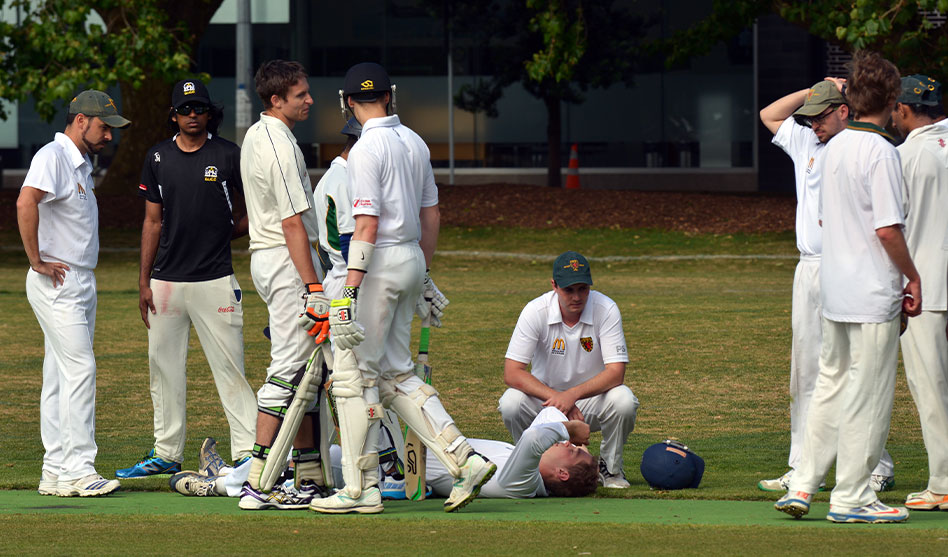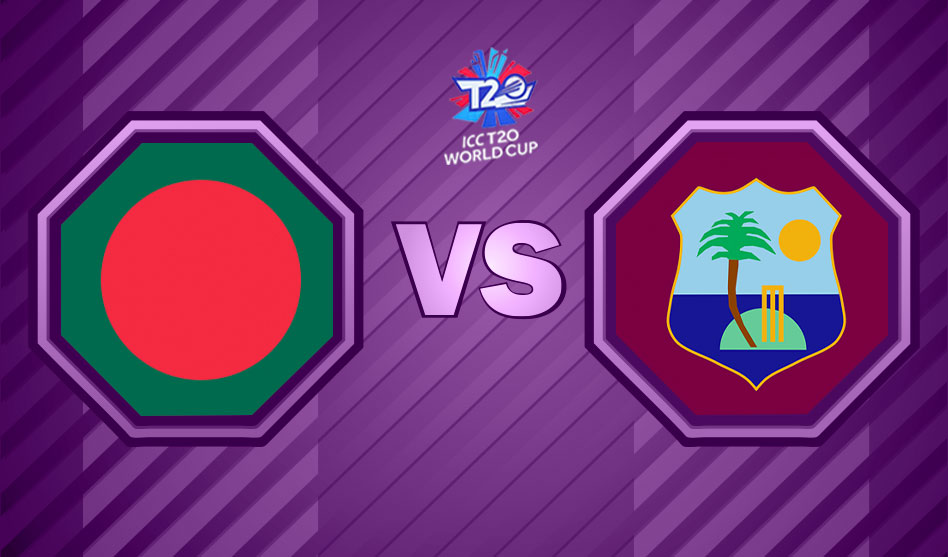Bails are already redundant and need to be done away in
today’s cricket because they add a lot of complications. This is what former India batter Sanjay Manjrekar said during a talk on ESPNcricinfo’s T20 Time: Out.
Manjrekar’s statement came after Yuzvendra Chahal was denied an “obvious wicket” when he beat David Warner in the air and off the pitch to hit the wicket. But while the stumps lit up, the bails didn’t fall. Thus, it didn’t fulfill a major requirement of the bowled law.
It was a common belief that bails were used in cricket during the pre-technology era to ensure that the ball had hit the wicket. Now Manjrekar, as well as other pundits, believe the bails can be done away with, given today’s technology.
Currently, the LED bails that are being used light up the moment they lose contact with the rest of the wicket. This is also the instance where the wicket was broken for purposes of checking run-outs and stumpings.
The argument is that it shouldn’t be too difficult to have wickets that light up the moment they are touched, if the bails were to be done away with.
Manjrekar said,
“I’ve said this before as well, it’s redundant now with the LED stumps to have the bails on. Today it would’ve been a wicket deserving for Chahal who bowled superbly. It was a terrible shot from Warner, and it didn’t get a wicket. Unless it’s adding an aesthetic value, they should just get rid of the bails because they’re completely redundant with LED technology.”
“[The bails were used] just to be sure the ball has hit the stumps they had these bails on top, because if the ball just kissed the stumps you won’t know if there weren’t any bails,” Manjrekar said. “And the bails were meant to fall off if the stumps were disturbed. But now that you have a sensor, you know the ball has hit the stumps, so why are the bails there?”
Manjrekar has always supported the idea of technology playing a greater role in cricket. In 2013, he proposed using technology in monitoring bowling actions live around the time the ICC had begun to bear down on suspect actions.
He gave more examples, one of which was the case of a stumping appeal where umpires are forced to check at what point the bails come off the groove while adjudicating. Manjrekar felt that making the decision making more complex and retaining balls was “defying common sense.”
“If you have the technology, don’t have the bails. The other problem with bails is, when there is a stumping, you wait for it to light up and then you’re talking about whether both the bails are off the grooves and there’s just a lot of complication when you’re judging stumped or run out. Just keep it simple,” Manjrekar explained.
“I know it won’t happen because we don’t like to change too many things. We tweak a few other rules, but certain very obvious things aren’t done. Getting rid of bails may sound scandalous to a lot of people but it defies common sense.”
India leg spinner Piyush Chawla is all for Manjrekar’s theory. He believed that if the technology was available and can be trusted to give “clear evidence,” then it should be used.
Said Chawla:
“When you have clear evidence, why not,” he asked :”That’s what I believe in. We clearly saw it hit the stump, but the bails didn’t fall off and he survived, and he was riding on luck, because there was a dropped catch and then this. Maybe if they got a wicket there, it was a different story altogether. There should be some rules where if the ball hits the stumps and the LED glows, it should be given out.”

 English
English









